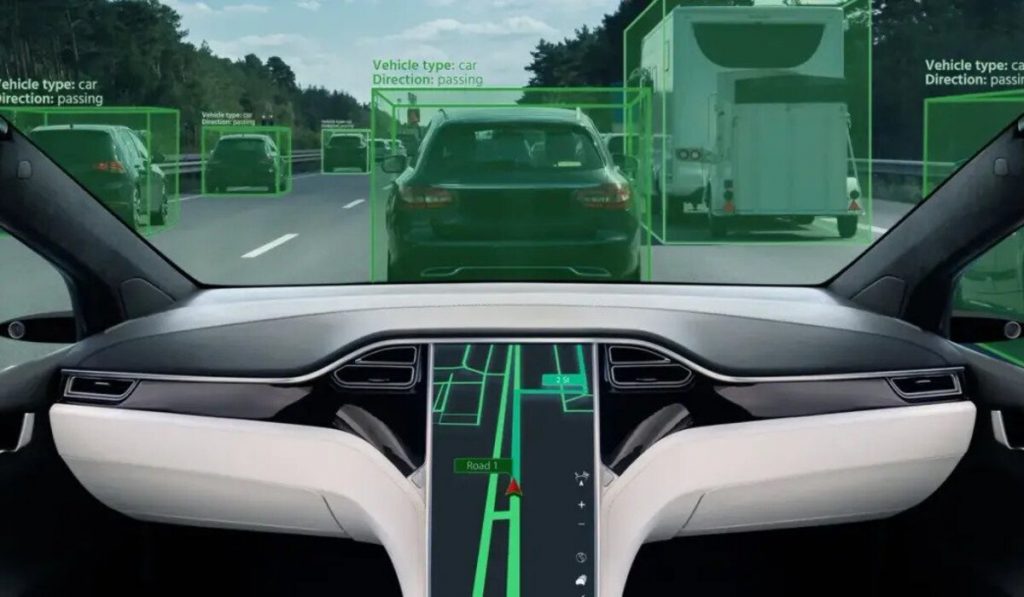After completing his Ph.D. at MIT, Leaf Jiang invested more than a decade in crafting laser ranging systems for military applications and 3D sensing. However, his pivotal realization was that these laser systems, despite their efficacy, were prohibitively expensive when it came to their integration into the autonomous vehicles of the future. This realization sparked the inception of NoDar.
LiDAR (Light Detection and Ranging) systems are instrumental in scanning and mapping surroundings in three dimensions using laser beams. However, their widespread adoption is hindered by exorbitant costs and susceptibility to inaccuracies. This is where Leaf’s brainchild, NoDar – an abbreviation for “No LiDAR” – comes into play. NoDar takes a divergent approach, harnessing the potential of digital cameras, which are omnipresent in our lives, to create an affordable and proficient alternative.
Historically, camera-based 3D vision encountered stumbling blocks due to its reliance on ambient light, resulting in subpar performance in low-light conditions. NoDar overcame this challenge by developing sophisticated proprietary software, optimizing camera output to rival the capabilities of LiDAR. The system employs two strategically placed cameras on a vehicle, capturing distinct viewpoints that enable precise triangulation for object localization and distance measurement.
NoDar ingeniously resolved the calibration complexities through its pioneering software, facilitating automated camera calibration and frame synchronization. This patented breakthrough can be executed in real-time on existing vehicle chips, negating the need for supplementary hardware expenses.
The validation of NoDar’s efficacy came through comprehensive testing conducted in Maine. Placing two cameras approximately 1.2 meters apart, NoDar’s system generated a remarkable 40 million data points per second in daylight, dwarfing LiDAR’s 600,000. The technology demonstrated its resilience even under simulated adverse weather conditions, with heavy rain causing a mere 30 percent reduction in data points compared to LiDAR’s substantial 60 percent decline.
In scenarios marked by thick fog and visibility restricted to 45 meters, NoDar’s camera-based system still delivered accurate measurements for 70 percent of the distance, a significant improvement over LiDAR’s modest 20 percent accuracy rate.
During nighttime testing, where the true mettle of vision systems is tested, NoDar continued to impress. It outperformed LiDAR by detecting a small object from over 130 meters away, while LiDAR could only manage at a distance of 50 meters.
While NoDar’s cost-effectiveness is a compelling aspect, experts highlight a caveat: LiDAR systems provide a comprehensive 360-degree view around the vehicle, whereas NoDar currently operates in a single direction. Achieving a comparable panoramic view might necessitate additional cameras and computational resources, potentially driving up the cost.
Jiang’s trajectory epitomizes innovation and problem-solving. His recognition of the limitations of conventional LiDAR systems and subsequent exploration of a camera-based solution showcases the transformative potential of technology.
NoDar’s advancements in refining camera-based 3D vision, coupled with its exceptional test outcomes, underscore its capacity to reshape the landscape of autonomous driving technology. As an affordable and promising alternative to traditional LiDAR systems, NoDar stands as a testament to Leaf Jiang’s visionary journey.

